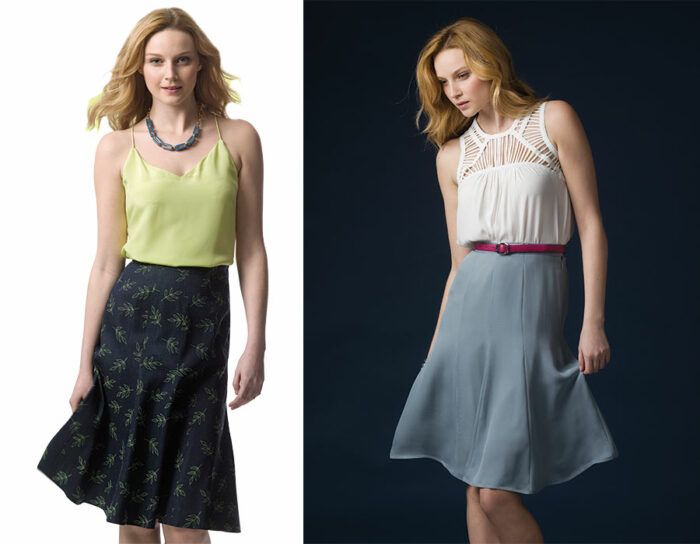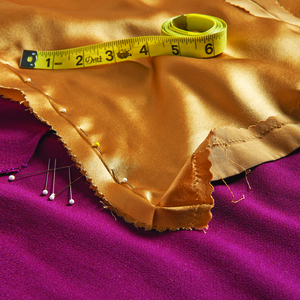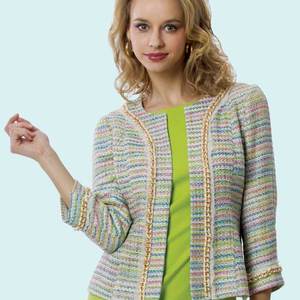How to Select Fabrics
These textile fundamentals are key to successful garments
Synopsis: Julianne Bramson will explain some common fiber types and textile categories so you’ll have an educated idea about what to expect from many fabrics. For brevity, this article focuses on woven fabrics. Knits would make an article of their own. The way a fiber is woven into a given fabric influences more than its appearance: It can also influence its care, drape, and weight. Be informed and fascinated about fabrics in this article from Threads #168.
Knowing what to expect from a fabric gives you a much better chance of creating a garment that you love, versus one you’ll never wear. No one enjoys spending time and money on a project that is ultimately a failure, and the wrong fabric choice causes many a sewing fiasco. The solution is to learn about textile fibers and weaves, and to make informed choices.
The first thing to understand is that there is no such thing as bad fabric, just inappropriate fabric for the job. The same material that makes fantastic theater curtains would be a very poor choice for a summer dress. What makes a fabric right or wrong for a project? The answer is: its fiber, weave, and weight.
I’ll explain some common fiber types and textile categories so you’ll have an educated idea about what to expect from many fabrics. For brevity, this article focuses on woven fabrics. Knits would make an article of their own. The way a fiber is woven into a given fabric influences more than its appearance: It can also influence its care, drape, and weight.
Knowledge, experience, and testing give you the information to see if a fabric is suitable for a project. Not only is it useful knowledge, it’s fascinating, too.
Weaves and textures
Fiber content is important, but…
Start your 14-day FREE trial to access this story.
Start your FREE trial today and get instant access to this article plus access to all Threads Insider content.
Start Your Free TrialAlready an Insider? Log in


































Log in or become a member to post a comment.
Sign up Log in